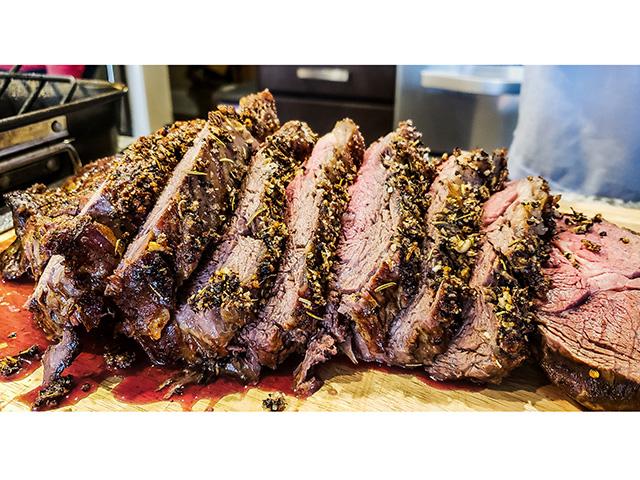USDA Reports Review
Residual Interest
After a quick look at the USDA domestic ending stocks projections for corn, soybeans and wheat we see minor adjustments at best. I use the word "minor" because I continue to compare what USDA is guessing now versus what its recent quarterly stocks (on hand as of March 1) projected ending stocks to be.
Let's start with soybeans. USDA has started its seasonal lowering of monthly guesses, this time clipping 5 million bushels (mb) off its March ending stocks estimate of 555 mb. This decrease was due to a 10 mb increase in crush demand -- not surprising, given its reduction of Argentina soybean production by 7 million metric tons to 40 mmt, and a 3 mb decrease in residual use. Some of you may be saying, "But wait, that doesn't add up to 5 mb." You're right. Call it USDA math.
However, the other key aspect of domestic soybean demand, exports, was left unchanged at 2.065 billion bushels (bb). This despite the most recent weekly shipment update coming in at 1.528 bb, with an average of 85% of total shipments completed. Seed demand was also reduced by 3 mb, though that number is highly likely to change.
P[L1] D[0x0] M[300x250] OOP[F] ADUNIT[] T[]
Lastly, recall my analysis following USDA's Quarterly Stocks report at the end of March. Then, based on the Q2 figures of 2.107 bb and the 11-year average of 65.6% of total demand being accounted for, total demand was projected at 3.979 bb and ending stocks at 739 mb. USDA's April ending stocks estimate was 550 mb.
Turning our attention to corn, we see USDA with a new domestic ending stocks estimate of 2.182 bb. This is 55 mb above its March estimate of 2.127 bb, created by a 5 mb decrease in food/seed/industrial demand and a 50 mb decrease in feed/residual demand. Export demand was left unchanged at 2.225 bb, despite the most recent update showing a shipment pace of 1.927 bb, or 298 mb below USDA.
Going back to this past March, stocks of corn on hand as of March 1 were reportedly 8.888 bb, implying first-half demand of 8.059 bb and projecting total demand of 14.288 bb. USDA's current demand projection is 14.765 bb, meaning the difference between my ending stocks estimate of 2.659 bb and USDA's latest is 477 mb.
But what about that 50 mb reduction in feed/residual demand? USDA's Cattle-on-Feed reports, month after month, continue to show 8% more head of cattle in feed-yards than the previous year. It would seem unlikely, illogical, that the 50 mb reduction is in feed. That leaves residual use, and that means USDA is possibly overestimating 2017 production in its "final" January number. Therefore, instead of going back and revising those final numbers, residual use gets "adjusted."
Poor wheat. USDA raised its domestic ending stocks projection by 30 mb to 1.064 bb by cutting the same amount of demand from its feed/residual category. Using the same argument above in corn, it is most likely the bulk of this reduction was in "residual use," since it doesn't have to be accounted for that closely. Export demand was left unchanged at 925 mb, with the latest weekly update projecting 857 mb.
Where wheat gets interesting, and could prove to be a template for corn and soybeans, is in comparison to my projections based on quarterly stocks. All wheat on hand as of March 1, through the third quarter of its marketing year, were reportedly 1.494 bb. This projected a domestic ending stocks figure of 1.100 bb as compare to USDA's latest guess of 1.064 bb. These numbers continue to get closer, with the 2017-18 coming to a close at the end of May.
This brings us to the May round of reports, also known as the overhyped third "initial" look at new-crop (2018-19) estimates, where 99% of the market will forget about old-crop. That makes the May report an ideal candidate for USDA to make larger adjustments to old-crop demand, most likely exports, because few people will be watching.
Darin Newsom can be reached at darin.newsom@dtn.com
Follow Darin Newsom on Twitter @DarinNewsom
(BE/ES)
Copyright 2018 DTN/The Progressive Farmer. All rights reserved.



